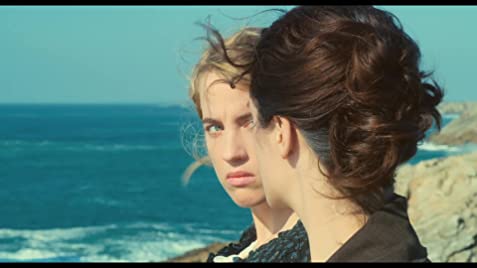To be seen (with love)
March 16, 2021
How do you see me, love? To be seen; the psychological tension, the intimacy between who is the viewer and who is the viewed upon. When the artist views his muse, a subject they want to paint a picture of or write a poem about, they romanticize the strengths, the flaws, everything! When a young girl views her potential suitor, she looks at what they can bring to the table, how many check-boxes can they tick off, and what is the compromise she’s signing up for. When you view someone you desire, you only lustfully linger over their body, you objectify and greed upon possession. To be seen across a power dynamic is also a game of pride, ego, shame, and guilt. Lines are blurry, with providers, nurturers and critiques. When friends view each other, they feel at ease, of shoulders to rest heads on, and of the safety of vulnerability. When lovers view each other, they see it all, and yet they find security because they are viewed exactly how they wish to be seen, as an equal. And being equal is such a wonderful feeling. We often think of seeing as a one-sided act, but how the viewed-upon sees the viewer, makes it a two-sided thing. To be seen doesn’t always mean seeing everything as intended to be shown, but with a layer of ideas and conventions, and a layer of values and feelings. “Oh, I see the way you look at me, and never see me” “Oh, I yearn to be seen and to be seen with a little love.” What an interesting act, to be seen.




— References: The Power of the Gaze on Portrait of a Lady on Fire (I really loved this one) Ways of Seeing by John Berger On Photography by Susan Sontag
To reply you need to sign in.